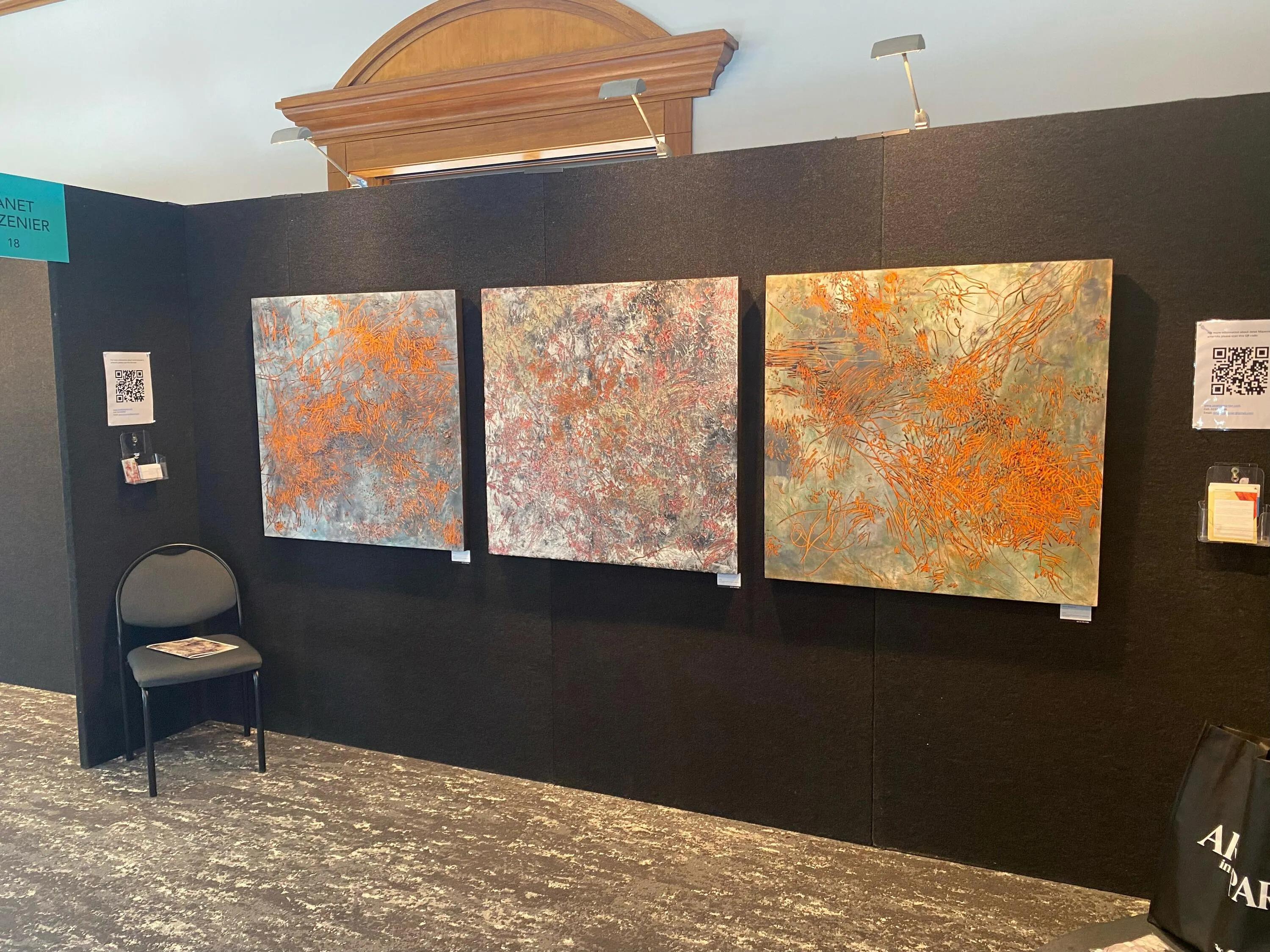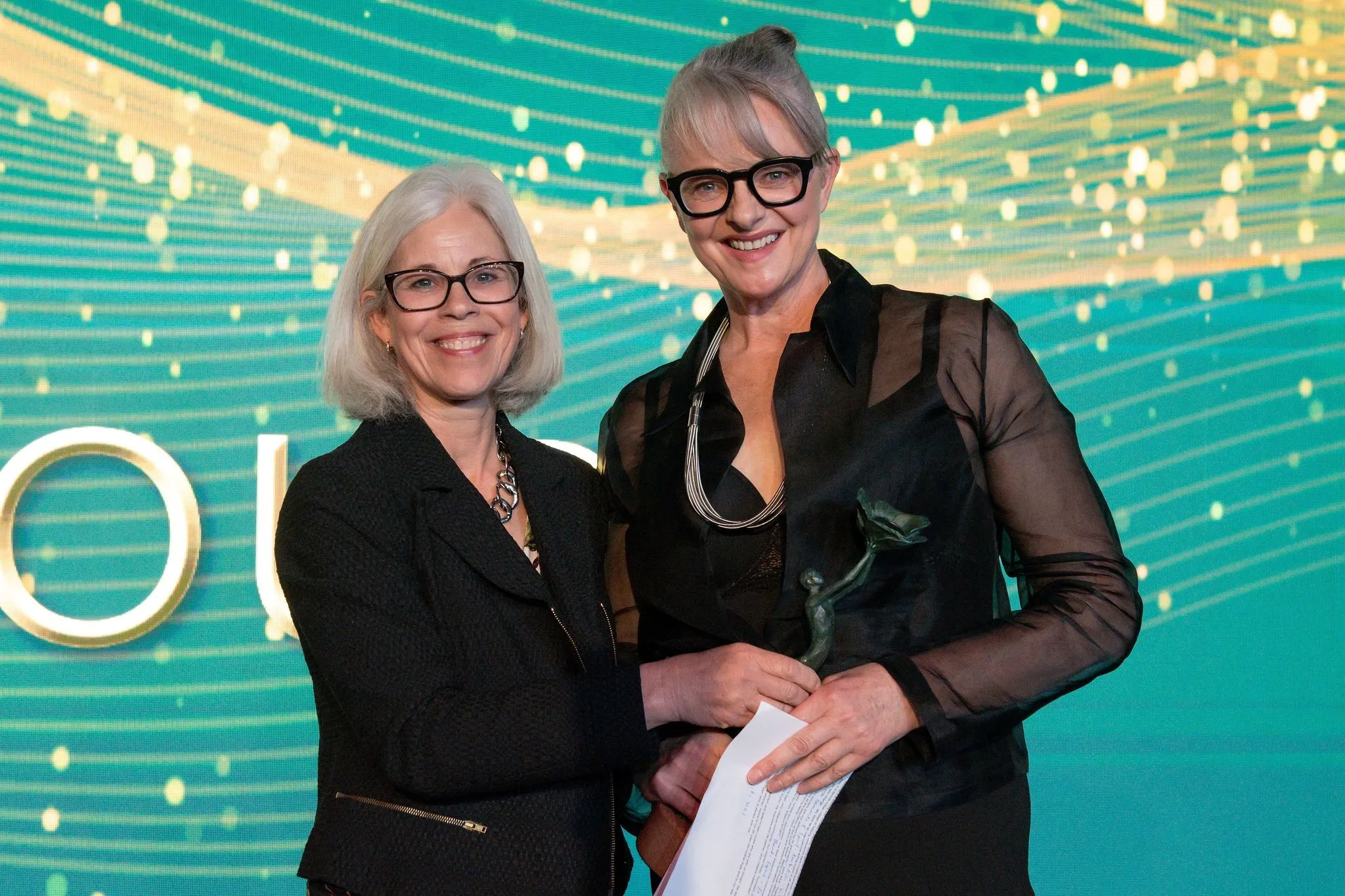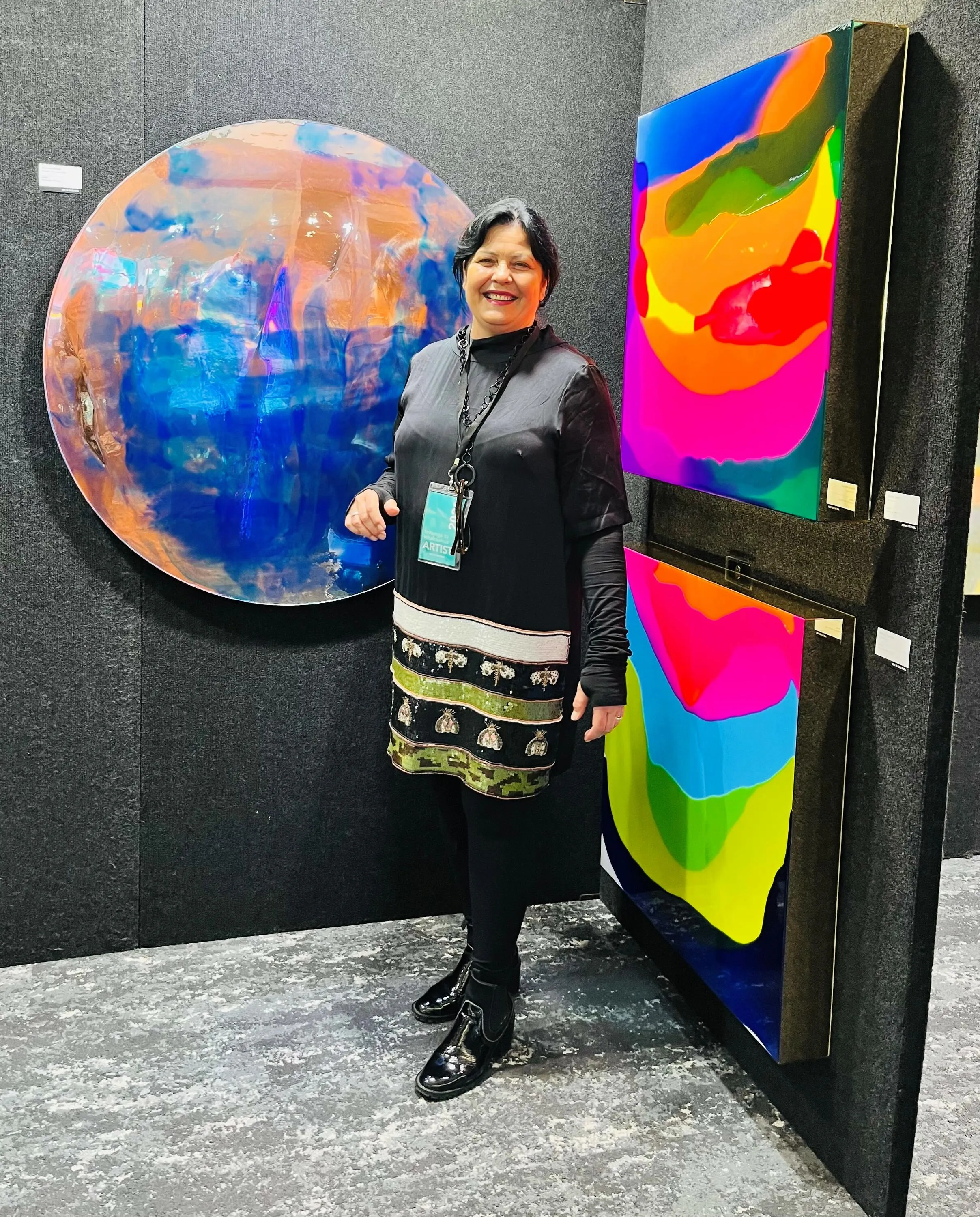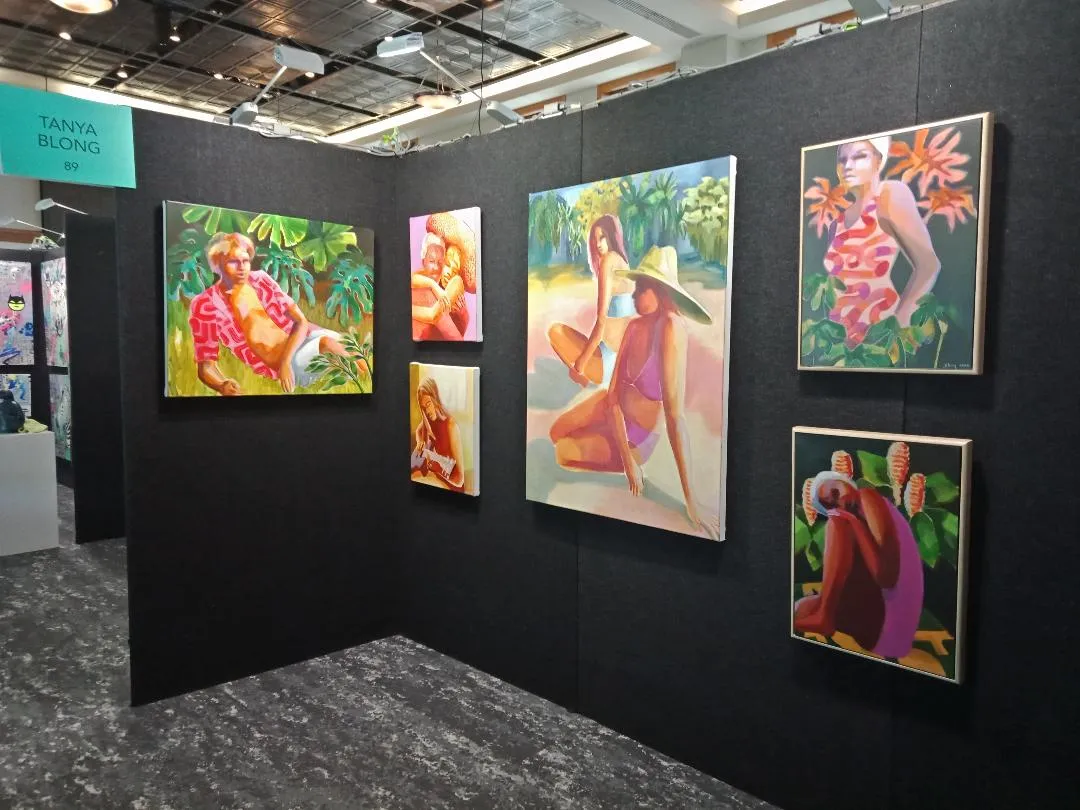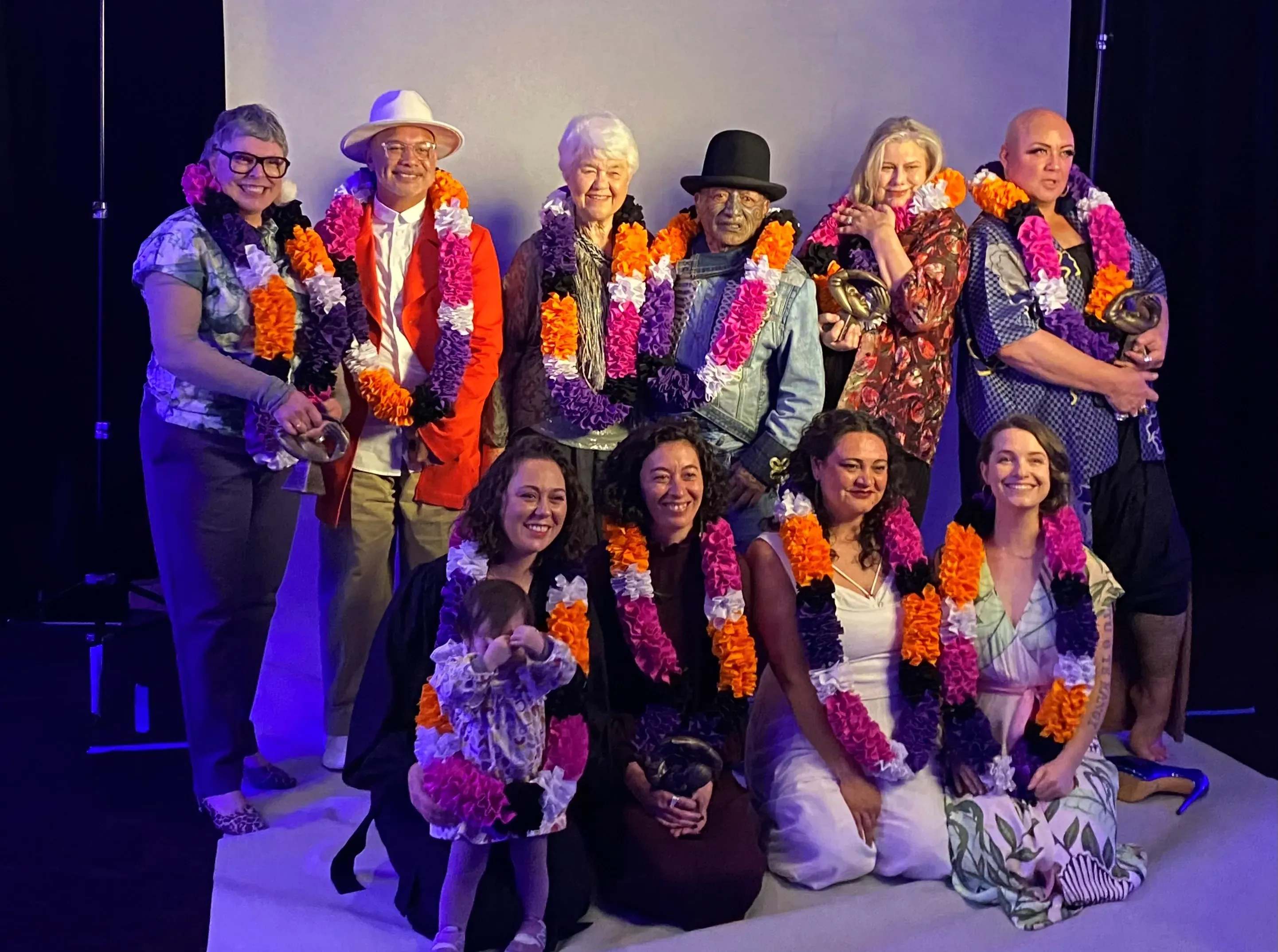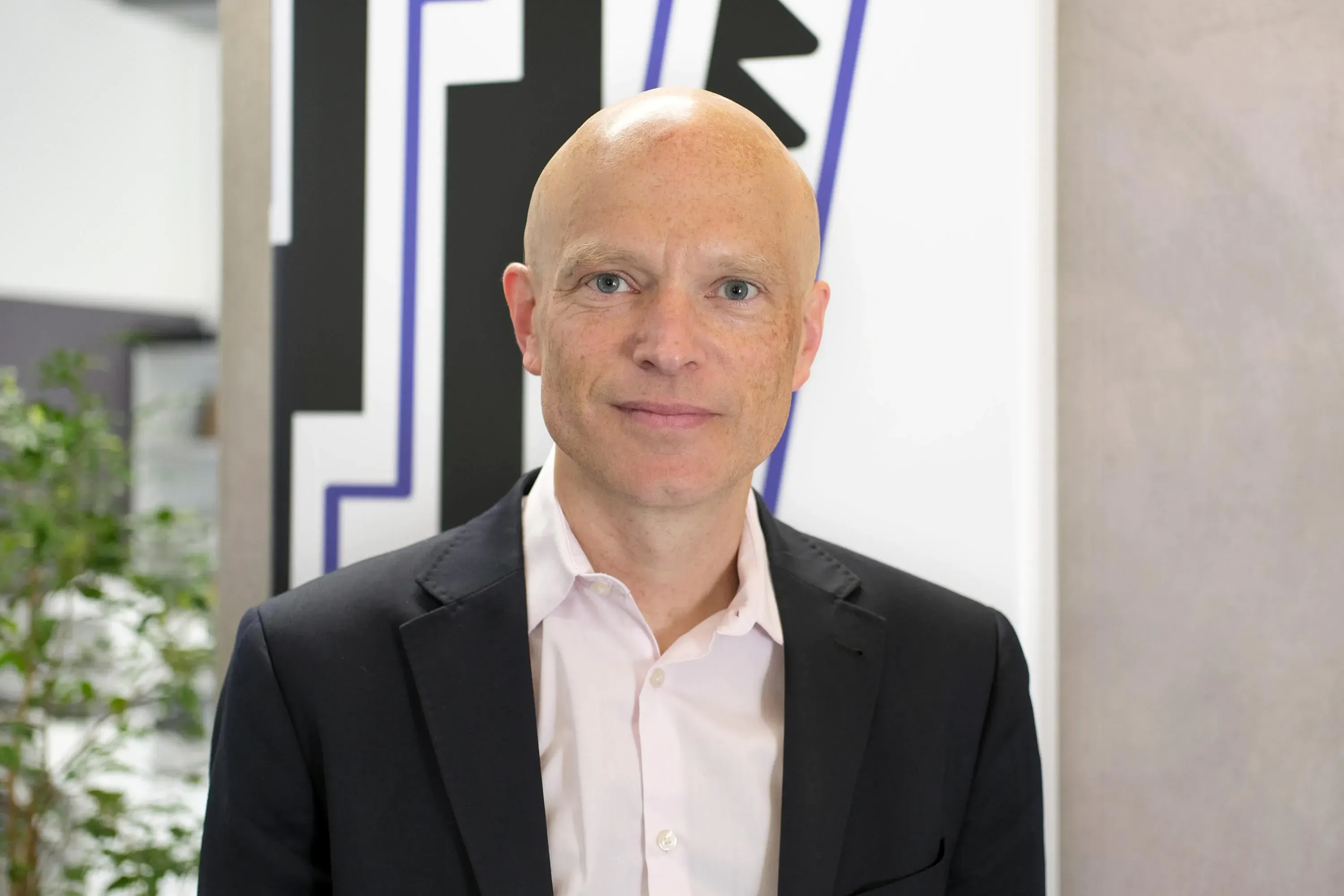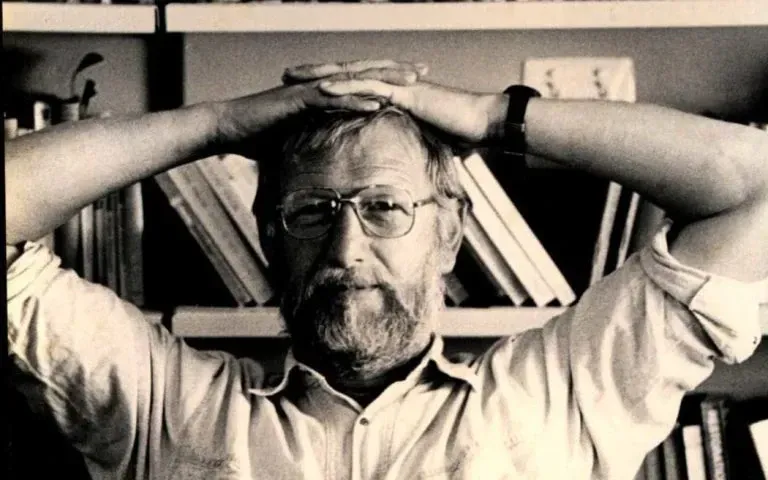MCH Invites Public Feedback For $28 Million Fund
Written by
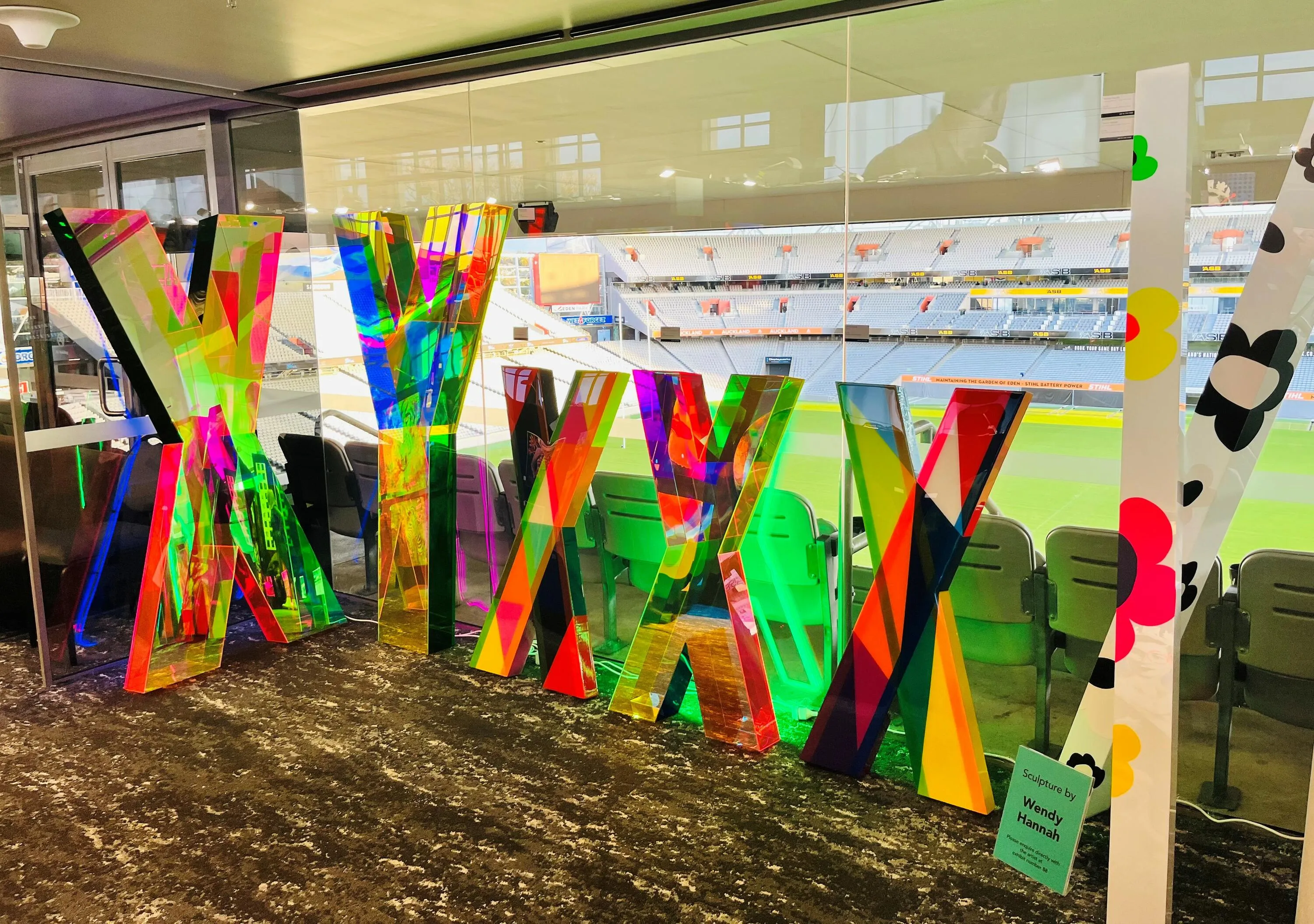
We are entering the wild frontier.
A place where the creative community has not tread before - but often gazed at, longingly.
Despite knowing it could be potentially dangerous and hostile, a few snakes isn’t enough to dream of what could be.
Tens of millions of dollars are about to be injected into the arts, culture and heritage sectors - and for the first time, the sector itself gets a say.
Yesterday brought about the end of two important deadlines in Manatū Taonga Ministry of Culture and Heritage’s $28 million Cultural Sector Regeneration Fund. (If you’re not up with the play on this fund - read this to get briefed in - at least the snapshot section near the top).
Expressions of Interest (EOI) for proposals have closed - meaning that only those who have put forward their initiatives that will “have lasting benefits for arts, culture and heritage in Aotearoa New Zealand” are in the running.
More than 650 EOIs were received by the Ministry of Culture and Heritage - including from The Big Idea.
Deputy Chief Executive Joe Fowler expressed to The Lowdown that they’ve been pleasantly surprised by the volume and that they believe their process of being able to engage “more humanly” played a big part.
“We’ve got a big pile of great ideas on the table which gives us the challenge now of finding and funding the things that are going to make the biggest difference in the sector.”
The end of the EOI window coincides with the closing of the first of four rounds of funding - with over 70 full proposals already put forward. (Anyone who has done the EOI process but hasn’t got to the completed proposal stage yet still has time to enter the remaining three rounds.)
Come Tuesday - the next step begins. And that’s the uncharted territory for funding of this magnitude.
Public feedback.
For two weeks - from Tuesday 13 September until 11.59pm on 26 September - the creative community is invited to give their thoughts and comments on those who have put their name forward for the first round of funding.
This feedback will help MCH decide who to fund when the first round decisions are announced in late October.
Call it playing with fire, opening a can of worms or even Pandora’s box - agendas or jealousy exists in the arts, just like in most sectors - but something has to be acknowledged.
Many in the creative community have expressed frustration at the model of funding proposals being decided by a faceless few in a bubble, decrying the lack of understanding of what’s actually going on at the coal-face and what is really needed. Accusations of being out of touch and anchored to a process that’s no longer fit for purpose.
‘Why do they never talk to the arts community about it first?’ has been exclaimed in frustration on many occasions - the literary sector’s response to Narrative Muse’s $500k funding comes to mind.
Well, this time they have.
But now it’s an actual reality, there are some who are now concerned about the impact it could have and how it could be manipulated.
Fowler told The Lowdown he’s already had plenty of private feedback on the public feedback concept, often in euphemistic form.
“We’ve had ‘intrigued’, ‘interested’, ‘brave’ as regular words in our conversations - not only with people and organisations across the arts, culture and heritage sector but also with other funding organisations who are watching with a great deal of interest to see how this process goes.
“That kind of engagement with potentially hundreds of experts in their field offers a real opportunity for people to make more sensible and informed decisions about funding.
“I’m never afraid to try something new. If you run an innovation fund and challenge the arts, culture and heritage sector to come up with new ways of doing things, the least you can do is try out some new things yourself.
“Things that might make a difference and might help us address some of the criticisms we and other funders have had in the past about decisions that have been made.”
Fowler explains “what we’re really interested in here is feedback from people who stand to benefit because an initiative is successful.
“If an initiative is about boosting the capability and capacity of - I don’t know - the animation industry in Aotearoa then we’re interested in hearing from animators. That’s really what this process is for and they’re the voices we’ll listen to the hardest.”

Fowler (above) does concede that opening up this process publicly does come with its risks of those who believe they stand to lose because of an initiative to target it - or those outside the creative community looking to enforce their will on how it's funded.
He responds “do you not do something because there’s a risk that a few percent of people engage with it negatively - when the benefits of the 99% of people who engage with it are likely to do so positively are so high?
“I go out quite a bit at the moment - to openings and discussions and engage with individuals and organisations across the sector - I’m not sure I’ve ever heard anything from someone designed to dissuade us from funding something. While I have no doubt that intent may exist, I’ve never had that.
“While we may see that through this process, what we’re interested in is constructive, informed feedback.
“As an example, if we received a proposal that says it’s going to completely change the game for every art gallery in Aotearoa - and a large proportion of those galleries came and said ‘this proposal would make no difference to us, we don’t get it, we haven’t talked to these individuals, we don’t know who they are’ - that’s a substantially useful piece of feedback.
“That tells us that if someone’s pushing something into a sector that hasn’t been engaged on it then it’s chance of success, it’s chance of delivering against the outcomes of the fund will be limited as a result.
“I’d like to think that people and organisations across the sector will engage positively - we’ve designed a process that allows for that. If some people put in negative comments then so be it but we’ll be listening to comments and feedback we get that we think will allow us to make sensible decisions.”
This process isn’t like Twitter - there’s no place for @painindearts_44 to make cowardly, anonymous attacks.
A few things to note before you give feedback…
The summary that will be available is written by the applicant - not MCH. If you want to give feedback or want more information, there’s a 5-10 survey to get through first. You’ll then be faced with the following multi choice questions, followed by the opportunity to give more bespoke feedback (along with alternate forms such as through sign language video).
- Do you agree this is an important opportunity or problem for the Arts, Culture and Heritage sectors?
- Do you agree this initiative will have the desired benefit?
You’ll then be asked to fill in some basic personal information to verify who is submitting feedback - so while your stance could be accessed through Official Information Act requests, your email and name will be kept private.
All feedback will be summarised and offered back to the applicant as well as being part of the decision making process.
Fowler comments “anyone that makes a comment is taking responsibility for feeding into a decision making process and obviously they need to be who they say they are - there’s verifications and so on. People need to stand by their comments.
“We’re confident the arts, culture and heritage sector is mature enough and bright and forward thinking enough to engage in a process that’s new.”
Collaboration is something that comes up a lot in the Regeneration Fund details - with some expressing caution that they could be shoehorned into a partnership to achieve their funding goals.
Fowler moves to quell those concerns.
“What we’re looking at funding here is finding and funding initiatives that will make a difference, particularly around sustainability and resilience going forward.
“My view is if you force collaboration and require people to work together - create marriages of convenience if you like - to achieve certain goals, you undermine that aim.
“I’ve been doing this long enough to know that organisations need to really want to work together to achieve a shared goal for that partnership to be successful so the last thing we’ll be doing is forcing people together like that.
“What we will do is alert people to shared opportunities and if that causes them to think about how they could do things together, then great.”
But just how much weight does the public feedback have in the decision making process?
“We have six key areas of exploration before we make a decision, of which public feedback and support is one,” Fowler details.
“What we’re avoiding in this process is a hard, mathematical model with proportioning of percentages to different things. If a substantive issue is raised through public feedback (like the art gallery example listed earlier), that would probably overwhelm other considerations across the other criteria.
“Whereas if a lonely voice somewhere expressed a concern about something but the leaders and major players in that particular genre or disciple were widely supportive, then obviously that lone voice is going to be drowned out.
Fowler underlines “this isn’t a popularity contest - it’s not like if you get 200 positive comments you get twice the score as someone with 100 comments. We’re looking for the sentiment.”
So the message is clear - this is the opportunity the creative community has been waiting for. Not to tear people down, but to help build them up. It will be worth taking a look at the summaries of those involved and if something speaks to your experience, hopes or dreams - speak up.
Someone is listening.
Creatives assemble at the Garden of Eden

Toipoto's Wendy Hannah with her work at Art in the Park 2022. Photo: Supplied.
Public feedback will be much more direct for over 100 artists, face to face in fact, over the course of the next four days - and the value placed on their mahi very straight forward as well.
Art in the Park - spruiked as Auckland’s premier arts event by its promoters - will see thousands of art appreciators (or those prepared to find out if they are) flock to Eden Park to see works created by some of Aotearoa’s contemporary artists.
Last year, around 11,000 attended the event - this time more days have been added, with opening night this evening (8 September) and running through until Sunday 11 September.
112 artists are listed on the official website - in what’s described as a “world-class, uniquely curated art show”.
With all works on display available for sale, it’s a wonderful opportunity for artists to put themselves in front of an audience they otherwise potentially wouldn’t reach.
Wendy Hannah is one of those who will give the crowd a special cultural experience. She told The Lowdown “as an artist, I feel grateful to be featured in the event. It means so much that Cary (Cochrane) and her team at Art In The Park have given me a stage to present my work and express myself and present my message.
“I am so proud of being a Māori European Woman with a message of Diversity and Ecology.
“My expectations are the amount of people you can talk about your passions with and maybe the audience will take that message home with them. Whether it’s a piece of work or a notion of change.”

Fellow creative Janet Mazenier (her mahi above) adds “I’m excited to be a part of it, with over 110 curated artists, some of whom are new, and others like myself, attending for the second time. The event is modelled on similar ones held throughout the world, with the aim of making art accessible to all.”
Another returning artist, Tanya Blong explained to The Lowdown what’s driven her to exhibit for a second year. “A high calibre of artists showing it makes for a great forum to not only meet with potential buyers but network with other artists. The camaraderie between the artists is wonderful and for me, that is what makes the event so enjoyable.
“Realistically, I expect to connect to potential collectors, garner more exposure, create relationships with other artists and - of course - make some sales.”

Blong (her work above), Mazenier and Hannah are joined as exhibitors - among many - by fellow Toipoto mentees Agate Rubene, Jessie Kanji and Alison Gilmour.
If you’re looking to attend - the best way you can help these creatives isn’t just to buy something, but if you find artists you like - then make the connection. There are artist talks and opportunities for you to discuss their mahi directly with them.
Look them up on Instagram and follow them - check out their website, subscribe to their podcasts, ask them about the works you saw that stayed in your mind weeks later - the real benefits can be far more long term for both parties.
On a scroll
Last week we announced the Silver Scroll top five finalists - but there are plenty more awards to be dished out on the night.
Now it’s time to confirm who’s in the running for those.
There are some talented wāhine toa up for the APRA Maioha Award - that celebrates contemporary Māori songwriters telling their stories through te ao Māori.
Multi-faceted performer Em-Haley Walker goes by many names, including Theia and Te Kaahu. It’s the later that is up for the award for the alluring E Hine Ē. She’s joined by passionate advocate for te reo Māori Ria Hall, with protest song Owner translated by Teraania Ormsby to become the powerful Rangatira. The last of the finalists is the combined talent of Aja Ropata, Byllie-Jean Zeta (who perform the song as AJA and Byllie-Jean) and Chris Wethey with their tune Te Iho.
The SOUNZ Contemporary Award for premier composition award sees another finalist nomination for Neville Hall (more full of flames) and Reuben Jelleyman (Catalogue), while Phil Brownlee and Liane Taikao are first time finalists for their work Manaaki.
The trio of Conrad Wedde, Samuel Scott, Luke Buda - under the moniker of Moniker - are finalists for both the Best Original Music in a Movie (Night Raiders) and TV Series (Wellington Paranormal).
Their competition in the film category are four time winner Karl Steven for The Justice of Bunny King and Whina musical duo Dana Lund and Horomona Horo.
The other TV series nominees are Claire Cowan for One Lane Bridge and Jonathan Crayford, Joel Tashkoff, Troy Kingi, Stephen Atutolu for The Panthers.
For those keeping score at home, that’s another nomination for Kingi - who is in the running to go back to back in the headline Silver Scrolls category for his work with The Nudge.
Aotearoa accolades
Try as they may, you can’t keep Kiwis out of the creative spotlight.
The Creative Arts Emmys have seen success for Sir Peter Jackson, winning five awards for his passion project The Beatles: Get Back - bringing several Kiwis along the journey with him.
Jackson was recognised for Outstanding Directing, along with as a producer for Outstanding Documentary or Non Fiction Series alongside Clare Olssen.
Get Back also claimed Outstanding Picture Editing through Jabez Olssen, Outstanding Sound Editing with Martin Kwok, Emile De La Rey, Matt Stutter, Michael Donaldson, Stephen Gallagher, Tane Upjohn-Beatson and Simon Riley, and Outstanding Sound Mixing, Michael Hedges, Brent Burge and Alexis Feodoroff.
Parris Goebel landed the gong for Best Choreography for Variety/Reality Programming as recognition for her work with Rihanna’s Savage x Fenty Show Vol. 3.

Congrats to all the 2022 Arts Foundation Laureates (above) that were announced at Friday night’s glitzy event at Auckland’s Kiri Te Kanawa Theatre.
The Big Idea covered the announcement with plenty of praise heaped out along the way - you can get the full details here,
Another leading creative has been handed a big accolade - with international-renowned actor, director and performance coach Miranda Harcourt named the 2022 Kea World Class New Zealand Supreme award for the work she has done connecting Kiwi actors, directors and producers into her vast global network and the work she has done to support the performing arts community during the pandemic.

Kea World Class New Zealand Supreme winner Miranda Harcourt and Vice-Chancellor Professor Dawn Freshwater, Waipapa Taumata Rau, University of Auckland.
Harcourt stated that seeing so many Kiwi being celebrated for the work means so much to her.
“We have such an amazing global Kiwi network of willing, passionate people who want to help give other Kiwis a leg up. I will reach out to these people and say, ‘do you want to help a young Kiwi performer step up and try and create an international career?’ And they say ‘of course I do.’
“It’s part of what makes us so special.”
It’s also what makes her so special - an accolade thoroughly deserved.
Mann of the moment

Another of the country’s long serving contributors to the creative world is being honoured as well - but sadly in a more sombre way.
Writer and director Phillip Mann (above) is being remembered after passing away last Thursday, not long after his 80th birthday.
A major contributor to the development of New Zealand theatre, Mann was the founding teacher at the country's first University drama department, at Victoria University Te Herenga Waka in 1970.
He was also a leading theatre director, directing premieres of New Zealand work by Vincent O'Sullivan, Renee and Greg McGee, as well as scores of contemporary and classic plays and operas.
Also an internationally acclaimed and published science fiction writer, Mann has eleven novels to his name. He also wrote extensively for radio and theatre.
His family have said he was thrilled to have celebrated the launch of He recently celebrated the launch of his most recent - and final novel Chevalier & Gawayn: The Ballad of the Dreamer with family, friends, colleagues and former students at Te Whaea - New Zealand Schools of Dance and Theatre.
Book it in
There’s not much that Moana creatives can’t do - but if for any of them feel one of those obstacles is getting a book published, the Coalition of Books is determined to help knock that down.
According to writer and academic Tina Makereti, only 3% of annual publishing in Aotearoa is by Māori and tagata Moana writers.
Starting from next Wednesday (14 September) the Coalition of Books is running a month-long series of online Talanoa to 14 to engage with Moana creatives eager to publish a published book or set up as an indie publisher.
Highly regarded poet Courtney Sina Meredith and Reading Warrior publisher David Riley will run the sessions, sure to provide a wealth of insight and support.
Anyone interested can register at this email address.
